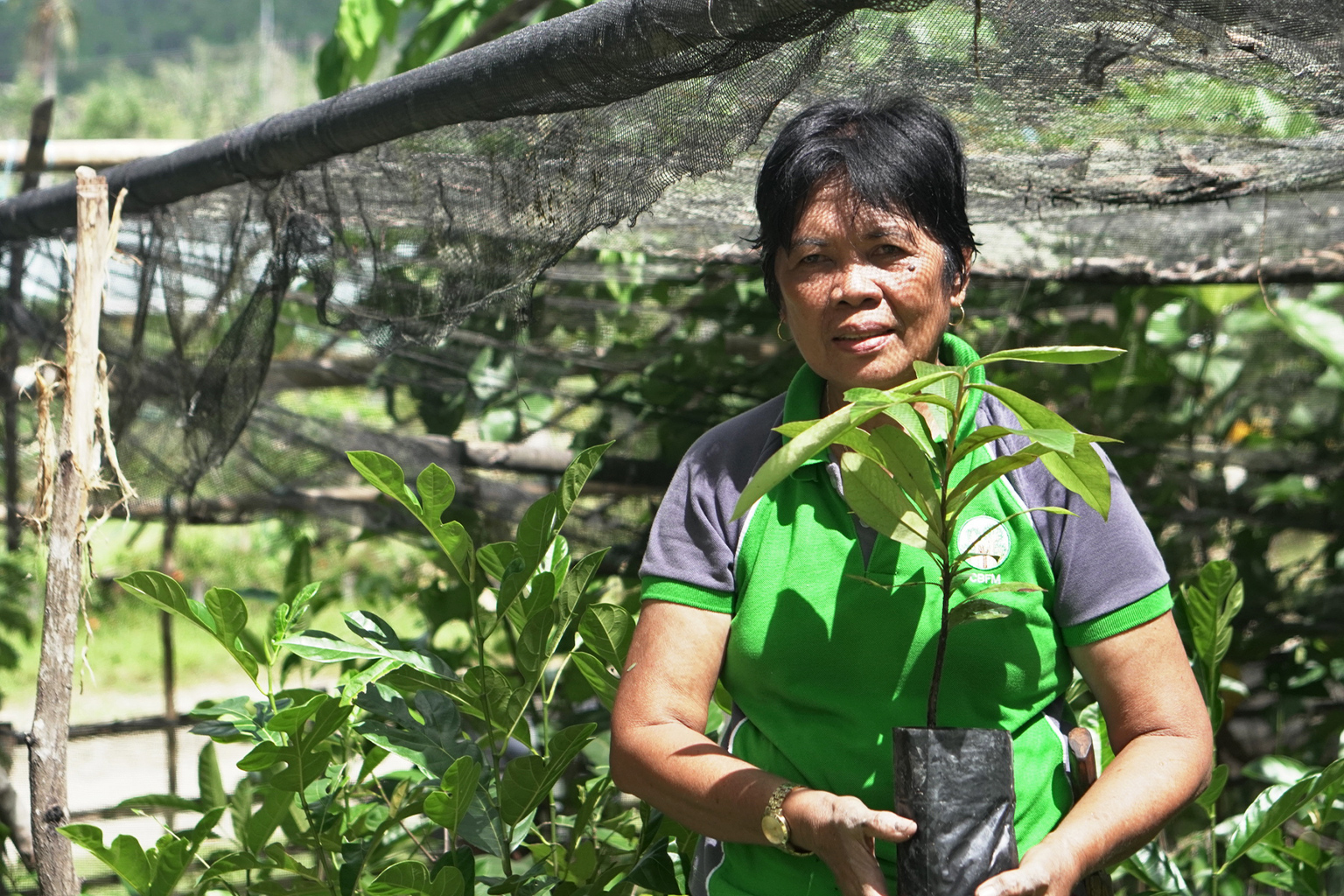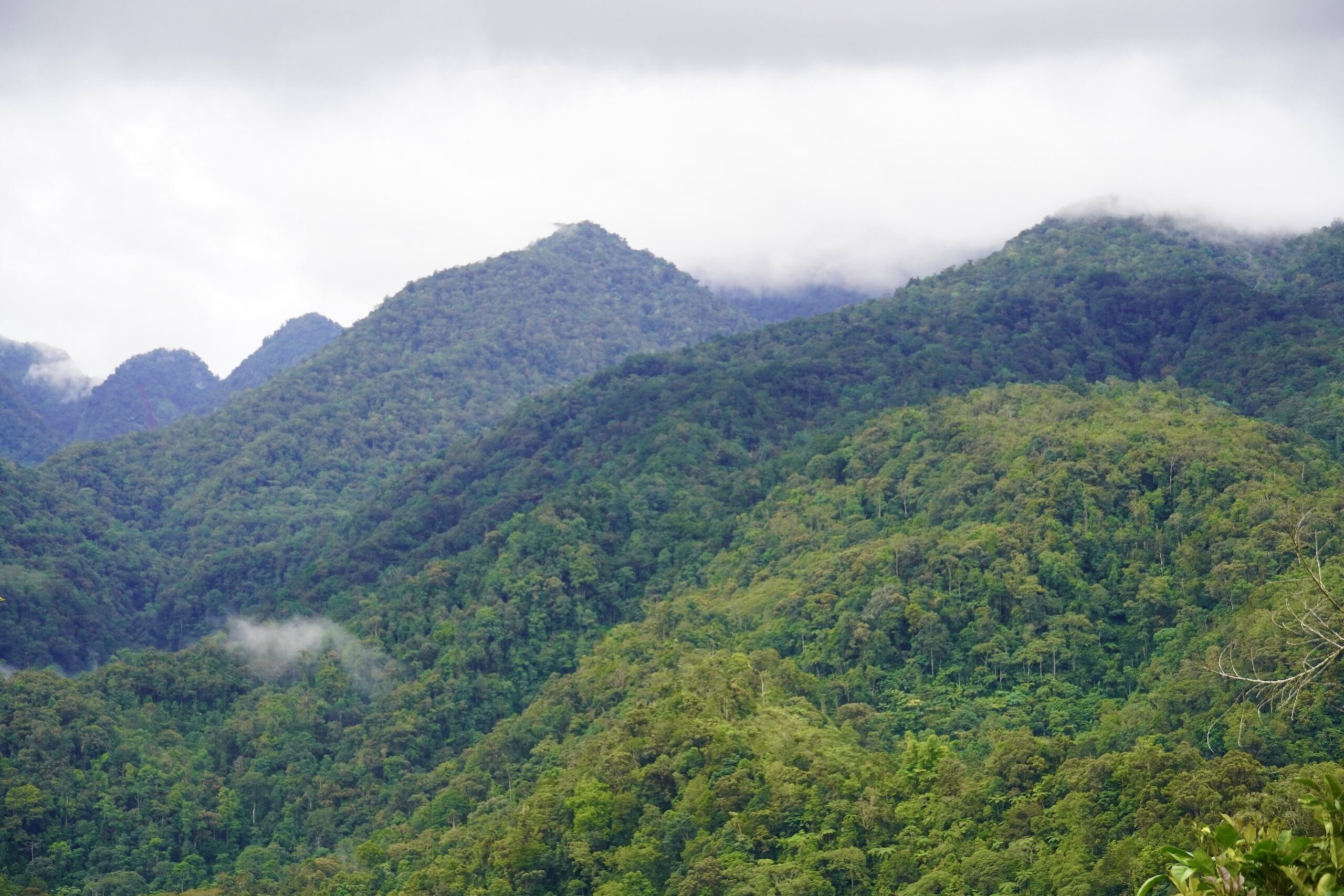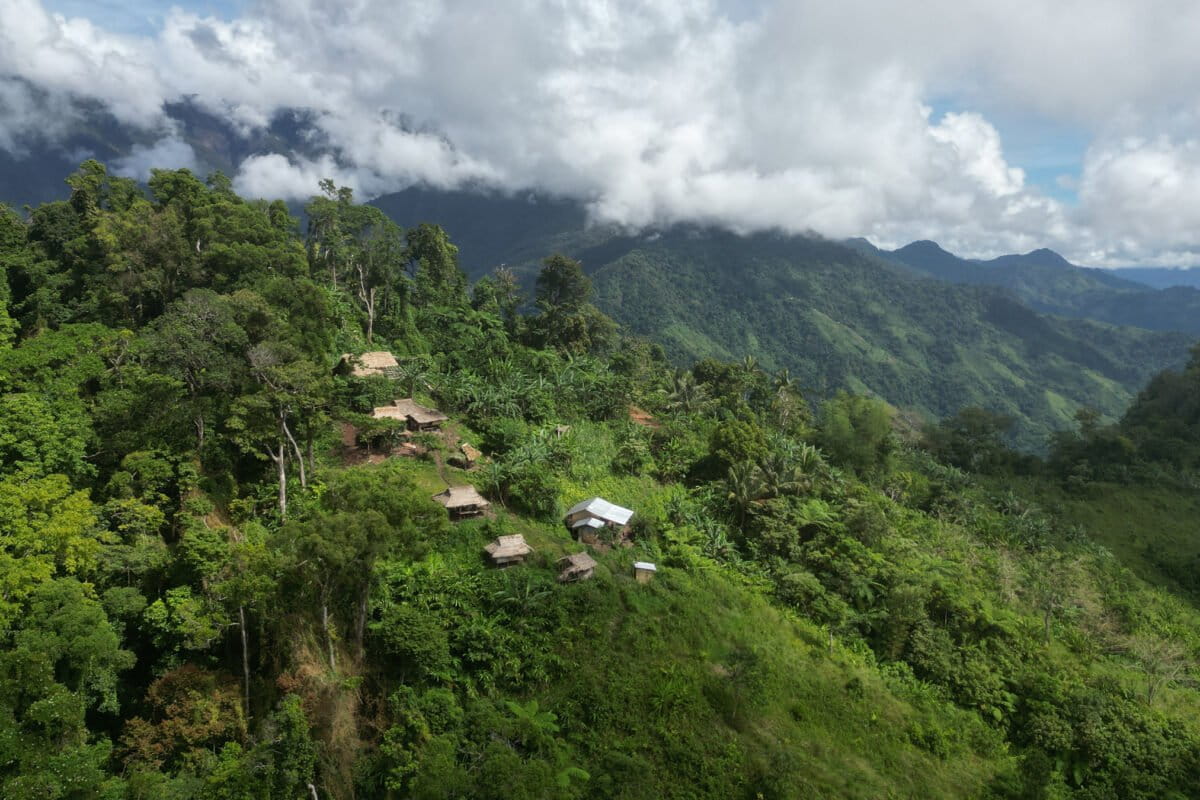- In June, the Philippines launched the Sustainable Forest Land Management Agreement (SFLMA), consolidating seven tenure instruments into a single, renewable 25-year contract.
- The country’s environment department says the policy will boost reforestation, support climate goals and open more than 1.18 million hectares (almost 3 million acres) of land for sustainable uses like agroforestry, ecotourism and conservation.
- Environmental advocates, particularly the national coalition Kalikasan PNE, warn that the SFLMA risks greenwashing, privatization of public lands and increased threats to Indigenous territories, especially in conflict-prone areas like Mindanao.
- Business groups, including members of the CarbonPH Coalition, have expressed strong support, citing reduced red tape and clearer investment pathways for nature-based projects aligned with national climate targets.
MANILA — The Philippine government has rolled out a sweeping forest land reform that officials say will attract investment while promising sustainability. The initiative, dubbed the Sustainable Forest Land Management Agreement (SFLMA), was launched June this year by the Philippine Department of Environment and Natural Resources (DENR). Officials tout it as a major shift in forest governance, but the policy has already sparked support and criticism alike.
The policy consolidates seven existing tenure instruments — each previously covering specific land uses like agroforestry, industrial timber plantations or grazing — into a single, 25-year renewable production-sharing agreement. This streamlined mechanism allows multiple land uses within a designated forest area, from reforestation and ecotourism to conservation and commercial ventures.
Raphael Lotilla, secretary of the DENR, said the SFLMA aims to unlock the economic potential of the country’s vast forest estate while ensuring environmental safeguards are in place. “The SFLMA represents a major shift in how the Philippines manages its 15.8 million hectares [39.04 million acres] of forest lands,” he said at the launch event in Metro Manila, adding that the policy is designed to reduce red tape, encourage sustainable investment, and provide direct benefits to forest-dependent communities.
But even before the ink dried, the new framework drew strong reactions from civil society. While major businesses praised the agreement as a pragmatic step toward sustainable growth, environmental groups warned it could accelerate forest degradation, displace Indigenous peoples, and open the door to greenwashing by corporations seeking to profit from land-based climate schemes.

Reforming forest tenure
The SFLMA replaces a decades-old forest tenure system that critics say was bureaucratically fragmented and poorly implemented. Previous instruments — including the Integrated Forest Management Agreement (IFMA), Community-Based Forest Management Agreement (CBFMA), and Special Land Use Permits (SLUP) — were issued for separate purposes, often resulting in overlapping jurisdictions and confusion over land rights.
The DENR says this fragmentation hindered forest development, discouraged potential investors and slowed down environmental programs. “This consolidation eliminates the fragmented application processes and overlapping requirements that have historically delayed project implementation,” Lotilla said.
Under the SFLMA, applicants can propose integrated land uses within a single 25-year contract, which makes it more attractive for public-private partnerships. However, critics point out that while the SFLMA’s approach is streamlined, it risks sidelining small community-based organizations that lack the technical and financial capacity to meet the policy’s requirements.
Meanwhile, officials are also tying the new policy to broader environmental goals. Alongside the SFLMA, the DENR launched its “Forest for Life” initiative, which aims to plant 5 million indigenous trees by 2028 and sequester up to 3.5 million tons of carbon by 2038. The program includes a new online portal designed to streamline access to application procedures and display available areas for planting. Priority areas include the provinces of Ilocos Norte, Rizal, Leyte, Bataan, Bukidnon and Lanao del Norte.

Business groups welcome investment clarity, long-term access
The CarbonPH Coalition — a group of corporations involved in power, mining, car manufacturing, retail, banking, property development and other industries — is voicing strong support for the SFLMA and the DENR’s newly identified 1.18 million hectares (2.9 million acres) of Potential Investment Areas (PIAs). The coalition welcomed the policy, framing it as a step toward climate-aligned investments that also promote inclusive growth.
The CarbonPH Coalition, led by the Aboitiz Foundation, praised the “systematic packaging” of investment-ready land portfolios. These take into account climate vulnerabilities, land cover and legal risks, offering investors greater clarity and risk management in developing forest projects, the coalition said.
“Forests are vital not only for climate regulation and water security, but also for inclusive economic growth,” said Ginggay Hontiveros Malvar, first vice president and chief sustainability officer at Aboitiz Equity Ventures.
The CarbonPH Coalition sees the SFLMA as aligned with private-sector restoration efforts like its flagship Carbon PH Project. Led by the Aboitiz Foundation and the Cebu provincial government, the project covers more than 42,000 hectares (around 103,700 acres) focused on forest recovery, water security, carbon sequestration and sustainable livelihoods. With a 25- to 40-year timeline, it aims to show “how corporations can engage in nature-positive investments that deliver measurable impact.”
Rights groups raise red flags
However, not everyone is celebrating. The Kalikasan People’s Network for the Environment (Kalikasan PNE), a national environmental coalition, released a statement condemning the SFLMA as a veiled privatization scheme that favors corporate interests at the expense of people and ecosystems.
“This policy is a blatant handover of our nation’s forests to profit-driven corporations and private entities, masquerading under the rhetoric of ‘sustainability’ and ‘poverty alleviation,’” the group said in a press release. Kalikasan PNE criticized provisions that allow up to 40,000 hectares (around 98,800 acres) per investor and exemptions from existing logging bans.
Of particular concern is the overlap between investment areas and ancestral domains, many of which are still undergoing legal recognition. While the law requires free, prior and informed consent (FPIC), Kalikasan PNE said, ongoing militarization and harassment of Indigenous communities, especially in Mindanao, undermine the integrity of these safeguards.
“The SFLMA only deepens the threat to Indigenous and rural poor communities, especially in Mindanao, where intensified Lumad killings are already linked to resource plunder and militarized land grabs,” the statement added. Lumad is an Indigenous community living in Mindanao.
Kalikasan PNE also warned that reforestation efforts could become a cover for commercial monoculture plantations geared toward timber exports. “This is large-scale ecological destruction designed as environmental policy,” it added, citing the risk of biodiversity loss and the reduction of communities to “mere laborers” under corporate-led projects.

Aside from Kalikasan PNE, several other civil society groups have opposed the project, including the national federation of people’s organizations holding Community-Based Forest Management Agreements (CBFMAs) with the DENR. Institutionalized in 1995 through Executive Order No. 263, CBFM has served as the Philippines’ national forest management strategy.
The federation said the new policy threatens to sideline communities, warning it could lead to “exclusion and elite capture.” Instead of empowering small community groups and Indigenous peoples, they argued, the policy appears to favor big business and private interests. “It could replace or override current CBFMA holders,” the group stated, adding that stricter and more costly requirements would be beyond the capacity of most people’s organizations. They also cautioned that the policy puts at risk “decades of sacrifice by local forest guardians.”
In response to Mongabay’s request for comments, the DENR said it is still in the process of finalizing internal discussions about the full rollout of the SFLMA and is currently not accepting interviews about the policy. “The discussions regarding the comprehensive rollout of the recently launched SFLMA are actively ongoing, and we are working closely to finalize these details,” the agency stated.
Until then, critics said, the lack of transparency and consultation raises red flags about the policy’s real beneficiaries.
Academe urges thorough policy impact analysis
Dixon Gevaña, director of the Forest Development Center (FDC) at the University of the Philippines Los Baños, said concerns surrounding the SFLMA largely stem from “uncertainties (knowledge gaps) on the likely implications or impacts of it to various sectors,” including those holding existing forest tenure agreements and those planning new applications or investments.
“We really see the need for the conduct of a thorough policy impacts assessment and analysis to better understand the multifaceted (multi-scale, temporal, multi-sectoral) implications,” Gevaña told Mongabay in an email. “It is really difficult to respond… without a good examination of the policy and a grasp of the processes that led to its final form.” He also raised the question of whether the annual forestland user fees under the new instrument would be fair and broadly acceptable to affected stakeholders.
As part of its national role, the center plans to investigate whether the SFLMA will indeed make it easier for private groups and community organizations to get permits by cutting through the DENR’s complicated and slow approval process.
Gevaña said assessing the policy’s success or failure requires clear, meaningful indicators beyond basic forest cover. For protection areas, he emphasized tracking forest composition and biodiversity. For production forests, he suggested measuring health, volume, yield, species and economic rotation to gauge the policy’s ability to meet wood industry needs.
Meanwhile, community groups with long-standing CBFMAs warn that the policy threatens to erode the rights they’ve spent decades fighting for, potentially rolling them back in favor of corporate interests.
“For 30 years … our communities have shown that sustainable forestry is possible when the rights and responsibilities are entrusted to those who directly depend on the land,” the national federation of CBFMA holders said. “Now, we face a renewed struggle to defend these gains … We remain hopeful for fair and just policies that prioritize people over profit.”
Banner image: An Indigenous village in the Mount Mantalingahan region, where the restrictions that used to imposed by both the government and Indigenous communities contributed to the landscape’s conservation. Image by Keith Anthony Fabro for Mongabay.
Resort in Philippines’ protected Chocolate Hills sparks uproar, probes
